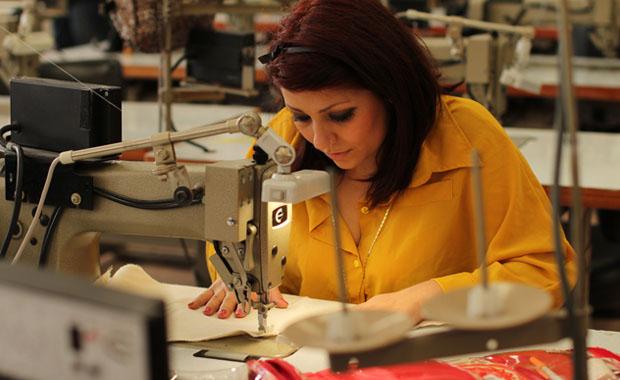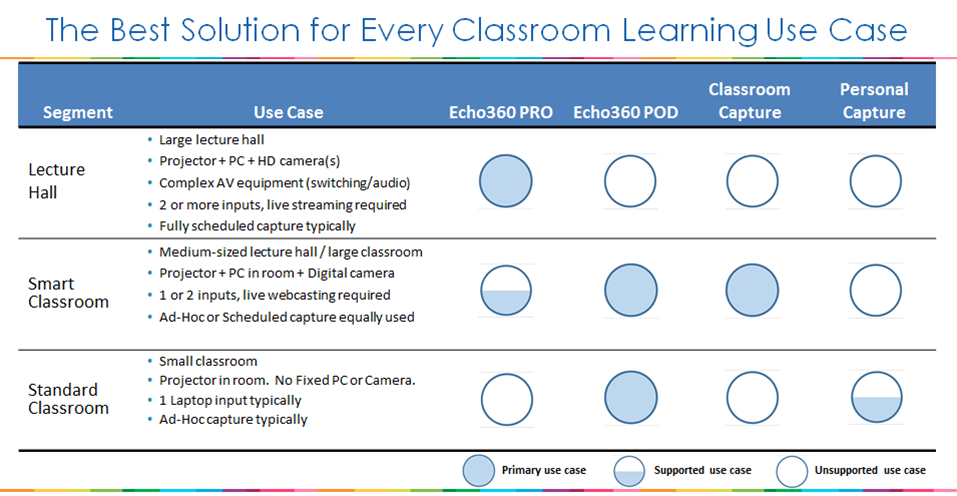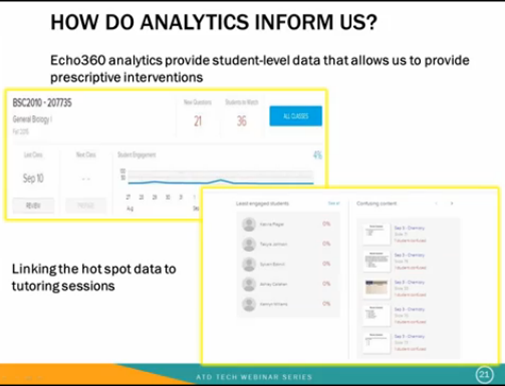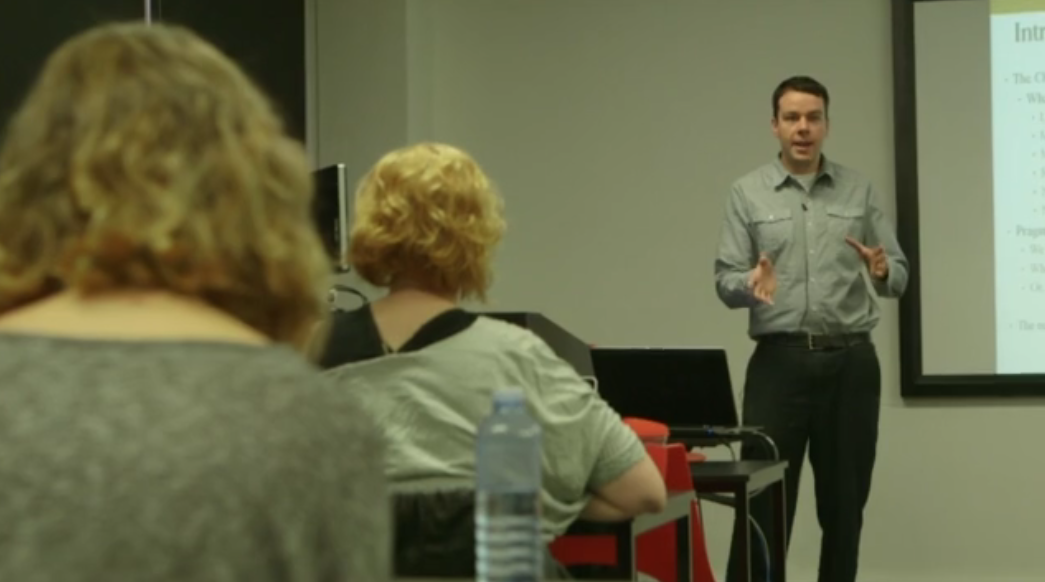How Echo360 Supports Experiential Learning at Sydney TAFE

Sydney TAFE (Technical and Further Education) is one of Australia’s most distinguished training providers and has been offering training to the people and industry of Sydney for over 120 years. They are one of the largest TAFE institutions in the country, with seven colleges across eight metropolitan campuses in Sydney, Australia. Their mission to provide vocational education and training (VET) is challenging. They must continually adapt and offer new courses to serve the evolving needs of attracting, retaining, and engaging diverse cohorts of learners.
Following a rigorous evaluation of Echo360’s technology over a two year period, Sydney TAFE began using our new active learning platform in June 2015. They turned to Echo360 because they needed a solution to satisfy many business requirements, including:
- Allowing instructors to publish classroom training as online courses.
- Tools that promote and encourage student engagement and collaboration.
- Learner analytics that provide data at the individual student level to pinpoint areas of confusion.
- Ease-of-use where instructors do not have to change the way in which they present a course.
- Delivery and playback of course content on a wide range of mobile devices.
- Support for new pedagogical methods such as flipped learning.
Using Active Learning in a Wide Range of Courses and Disciplines
In our recent webinar, Achieving Active Learning in Experiential Learning Environments, Stephan Ridgway, Manager Learning & Innovation Technology Services Unit at Sydney TAFE described just a few of the many innovative ways in which they are using Echo360. At Sydney TAFE, Echo360 supports a wide range of courses and disciplines, including:
- Animal Sciences
- Library Studies
- Dog Training
- Tourism and Hospitality
- Automotive Repair
- Massage Therapy, and
- Health and Recreation
Later in the webinar, Tom Hore, Head Teacher in Architectural Technology, Sydney TAFE described how he uses the personal video capture features of Echo360 to deliver his Architectural Technology course through a “flipped classroom” model.


